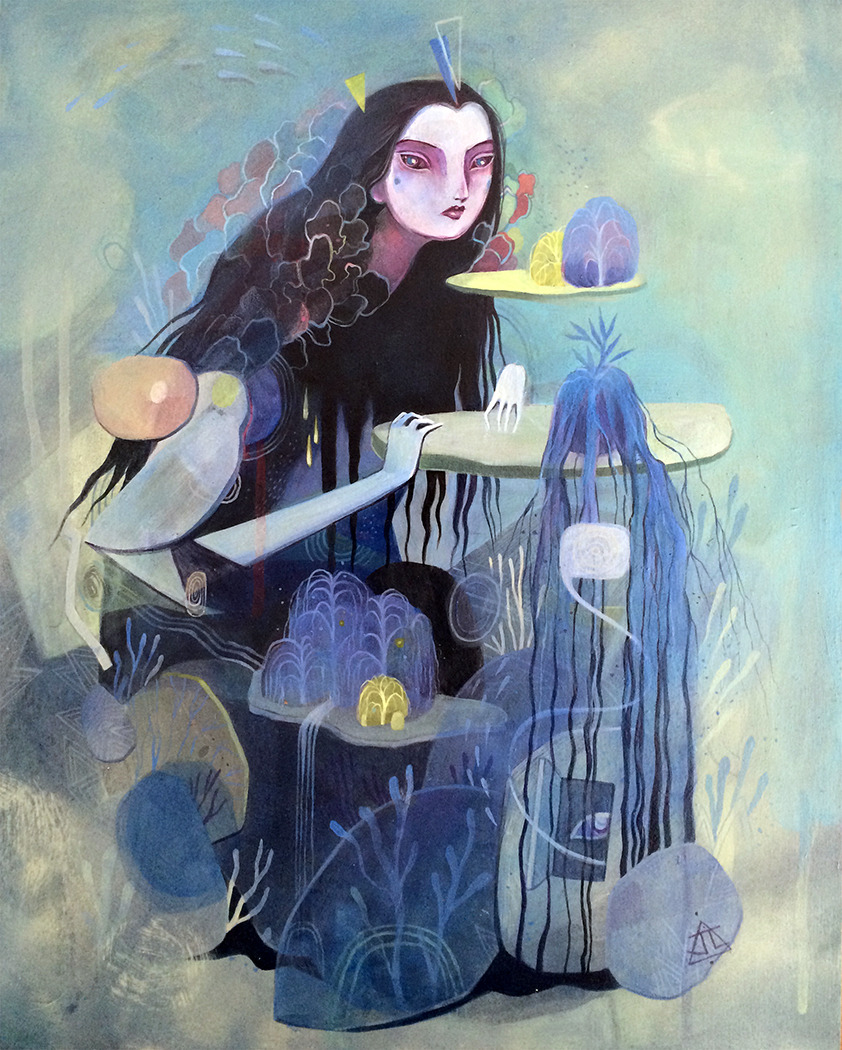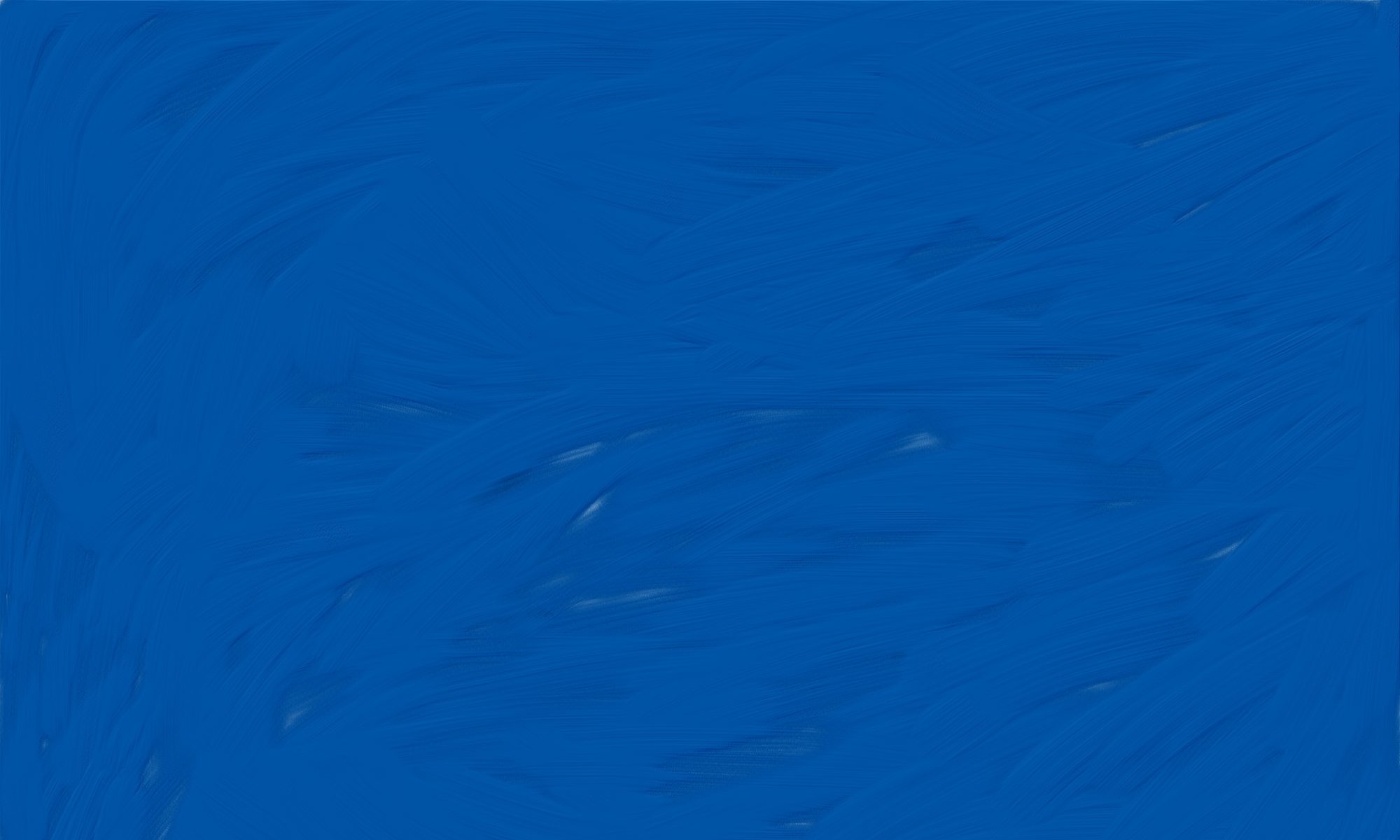A search for exemplar images of Chinese narrative illustration in contemporary practice introduced me to the work of Julia Iredale. There are very few examples of this type of illustration, I would argue that this is because it is very difficult to execute.
From an illustration point of view, whilst Iredale is a highly skilled illustrator, the narrative in these images isn’t always clear. The titles of these paintings do conjure up a sense of what you are looking at, but the intent to tell a story doesn’t appear to be there. There is a sense of trying to capture the essence of a character, but in a surreal and mythological way.

In A Forever Forming World there is a sense of the character being a creator. A subtle vignette is constructed by water droplets, rocks, trees and clouds – symbolising the elements of earth, air, water and, perhaps, fire (volcanic rock). The central elements are prominent and focus on water and environment with almost abstract egg and sperm cells, representing fertility, leading to an open door with an eye inside. The eye is new life and the roots falling from above are protecting and nurturing.

In The Widowed Ghost, there is a strong sense of character again. The Victorian silhouette references the portrait style of the era, while the full length cut out in the centre shows the fashion. The palette evokes a Gothic and sombre atmosphere, helped along by the churchyard in the background. Reflecting on the title of the image invites you to create a story based around the character, I found this more evocative than the image itself. How can a ghost be widowed? What does that mean? Are we not seeing the ghost in the image, is this a wife that’s been left behind, rather than the ghost wandering?

This is a different style from the others as no frame or interconnecting element is present. This attracted me for the suggestion that this giant has been awakened from his slumber, the placement of trees, earth and roots showing us that his resting place is just under our feet. Is this a visual representation of the earth taking a stand against man and wielding its power? Perhaps a response to the spate of natural disasters that are occurring worldwide at what seems like an increasing rate.

Until I read the title of this image, I didn’t make the association with Peter Pan (Barrie, Frank &Torrey, 1957). I made connections afterwards. If my prior knowledge had been more developed, maybe that connection would have been made, like the ‘concrete’ element as detailed in my post about the Singapore maths method. I would have been armed to decode the image. I use image rather than narrative, as the single instances of the characters within the frame doesn’t encourage me to read or enquire, there is no evidence of a synoptic view. I can read this particular moment, but I don’t see a story or action here.
BARRIE, J. M., FRANK, J., & TORREY, M. (1957). Peter Pan. New York, Random House.
IREDALE, J. (2017). Julia Iredale Illustration. [Online] Available at: http://www.juliairedale.com/. [Accessed 13 November 2017].
